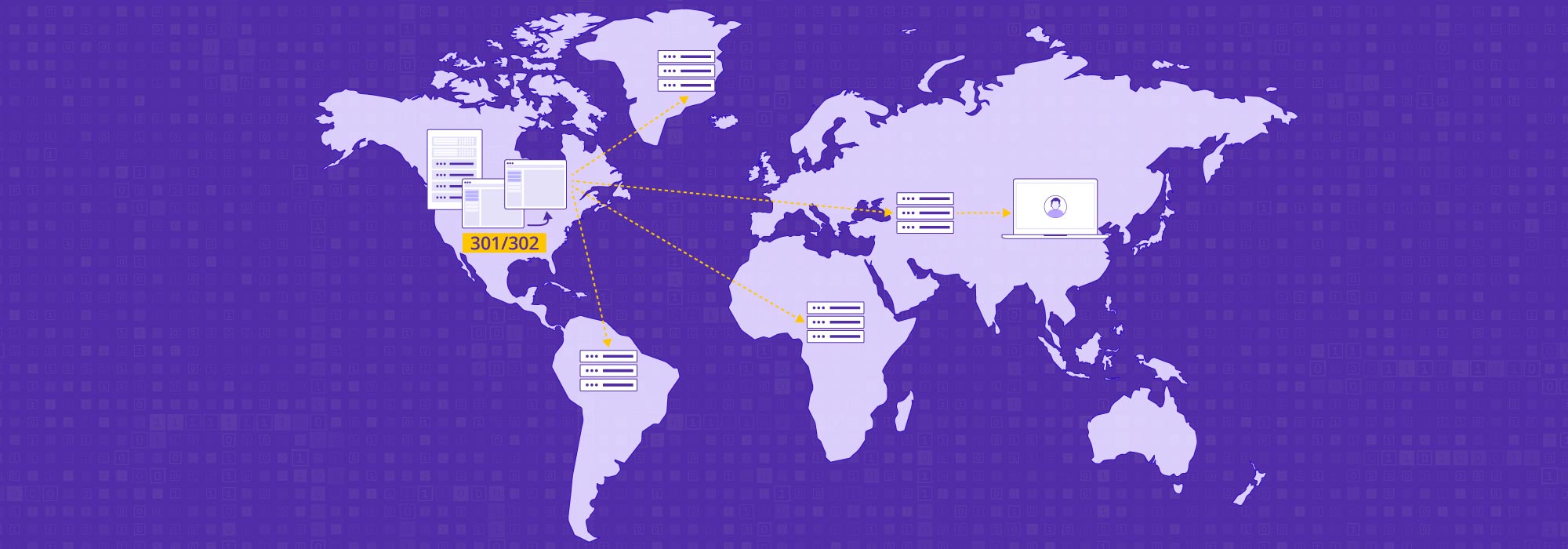Video compression is an integral part of the digital world today, especially as more viewers turn to streaming and live video for their entertainment. You may have noticed however, that not all videos are at the same quality. Some devices and users of some internet data speeds will see differences in the quality of the video.
This is due to a combination of how our brains perceive and process images and the movement of frames, as well as how the video information is encoded by video codecs. It is therefore crucial to understand what exactly happens during video encoding and how video codecs work.
What Is Video Encoding?
Video encoding is the process of converting raw video into a digital format compatible with a range of devices. It involves compressing video data into manageable sizes, facilitating quick delivery and playback without compromising quality. Complementing encoding is the process of decoding, which translates the compressed files back into their original formats for playback.
What Is a Video Codec?
Video Codecs are compression technologies that transform bulky video streams into compact formats, optimizing storage and streaming. Video codecs can be either lossless or lossy. While lossless codecs retain all information during compression, their lossy counterparts prioritize higher compression ratios through selective information omission. This includes intra-frame and inter-frame codecs, strategically compressing data within frames and leveraging patterns across frames.
Why Is a Video Codec Important?
Almost all the video that we consume today – from Netflix shows to Zoom and Facetime calls and even Instagram Stories, is streamed by transferring huge amounts of data. Video codecs are what makes this possible, by compressing the original content into formats that are ideal for streaming. Without codecs, it will be near impossible for the internet to handle the bandwidth required for all this unprocessed data.
Furthermore, the compression enabled by codecs plays a key role in ensuring that video playbacks remain free from buffering glitches, and our internet bandwidth remains unconstrained. In other words, video codecs help ensure smooth streaming experiences, enabling us to enjoy the video content we consume without compromise.
How Does a Video Codec Work?
Video codecs employ an array of techniques to compress data. They essentially take advantage of the fact that successive frames in a video are often similar and use this similarity to achieve efficient compression.
However, the codec’s repertoire extends further, embracing techniques such as Chroma subsampling. This strategically reduces color information and helps in downsizing video resolution. Codecs are critical in video compression as they eliminate redundant frame data and employ motion compression, a sophisticated technique that divides frames into blocks with motion vectors that specify the direction of movement.
The net result of all this is that the raw video file, which is often huge, is compressed into a manageable one with no loss in quality. For example, an average YouTube video of approximately 11.7 minutes, and bitrate of 3.5 Mbps, when compressed using the H.264 codec, can be reduced to around 70% of the file size.
The Role of Codec in Video Streaming
In the booming landscape of video streaming, codecs are critical in shaping the consumers’ visual experiences. These help define the quality, efficiency and accessibility of the content we consume. Through data compression codecs ensure that the streamed video content doesn’t overwhelm the bandwidth limitations of the internet.
The impact of codecs can be seen across streaming platforms, from streaming giants like Netflix to social media platforms like Instagram. They work behind the scenes and help providers overcome the bandwidth demands of high-quality video streaming, enabling accessibility of content and enhancing the seamless experience we’ve come to expect.
The Main Video Codecs In Use Today
As compression technology evolves along with the video streaming landscape, providers are faced with numerous options for choosing the right video codec. Here are some of the common ones in use today.
VP9
Vp9 is a video codec developed by Google, primarily for web browsers. This codec is part of the HTML5 standard, and therefore allows compatibility with a wide range of browsers and devices. Being open source it is embraced by programmers and is capable of streaming in 4K. It was originally not supported on Apple devices but this has changed since the release of iOS 14.
AV1
Developed by the Alliance for Open Media, AV1 is one of the latest video codecs that has seen adoption. It is royalty-free and open-source, with an efficiency of 30% more than H.265/HEVC. The adoption for AV1 has been steadily growing, with major web browsers like Chrome, Firefox and Edge supporting this codec today
H.264 (AVC)
H.264 or Advanced Video Coding (AVC) is another codec developed by the MPEG group. It has a compression rate higher than that of MPEG-4 and provides good image quality. It is widely used for video streaming, conferencing, and editing, but may not be the best choice for 4K content due to its lower compression efficiency when compared to newer codecs.
H.265(HEVC)
H.265 or High-Efficiency Video Coding (HEVC)is the successor to H.264, offering higher compression rates and enabling streaming of 4K video, as well as other data-intensive use cases. It is one of the most efficient codecs out there today with the only potential downside that the licensing system is a bit complex.
H.266
The newest of them all, H.266 was developed to go beyond H.265. But there are still some licensing and royalty issues similar to its predecessors that need to be sorted out. H.266 is capable of a 30% to 50% bitrate reduction in comparison to H.265 at the same perceptual quality.
How The Five Compare: VP9 vs. AV1 vs. H.266, H.265 & H.264
The specific codec that you choose will depend on your needs. Compare the 5 from above to see the pros and cons of each and judge which one is best for your business use case.
In the case of VP9, you get to enjoy efficiency and benefit from the broad adoption and flexibility in implementation as a result of its open-source nature. The high-quality streaming with low data consumption makes it a good choice for streaming platforms. However, on some Apple devices, compatibility could still be an issue due to codec preferences, and therefore VP9 may not be suitable for all platforms.
AV1 promises remarkable efficiency, impressive compression ratios while maintaining exceptional visual fidelity. Its royalty-free status also encourages widespread adoption. The one downside with AV1 may be that it requires more computational resources for encoding and decoding compared to some other codecs, which could be a consideration for hardware limitations.
H.264 (AVC) is a time-tested standard with widespread adoption thanks to its efficient compression which also maintains excellent quality. H.265 (HEVC) comes with enhanced compression capabilities, higher quality at lower bitrates, making it vital for 4K and HDR content delivery. These 2 codecs, H.264 and H.265 standards, are used in more than 10 billion end devices and processes over 90% of the total global volume of video bits.
H.266 (VVC) builds on H.265’s foundation and offers exceptional compression efficiency, reducing data consumption without compromising quality. It can be thought of as the next frontier in video compression, and is expected to shape future streaming experiences.
What Is the Best Video Codec for Streaming?
The best video codec to go for depends on many factors including your specific use case, the budget available and the type of devices among others. You will also have to think about whether you value time-tested standards, standards which power high-quality 8K streaming, those which have widespread adoption or one which will become the go-to standard in the long term.
Looking into the future, it would appear that H.266 (VVC) is a promising contender, poised to define the future of high-quality streaming. Its exceptional compression efficiency and reduced data consumption makes H.266/VVC represent the next frontier in video compression, aligning seamlessly with the evolving demands of modern media delivery. While each codec has its strengths, the trend points toward H.266 as an emerging frontrunner in the streaming world.
A Look at CDNetwork’s Media Delivery Solutions
CDNetworks understands the importance of codecs in video streaming and the various standards out there that providers may prefer. To cater to this variety, we provide a range of media delivery solutions that come with multi-codec support. CDNetworks also supports all the commonly used video codecs, including the latest H.266. Media Acceleration VoD is one such solution that helps you deliver high-quality video on demand.


